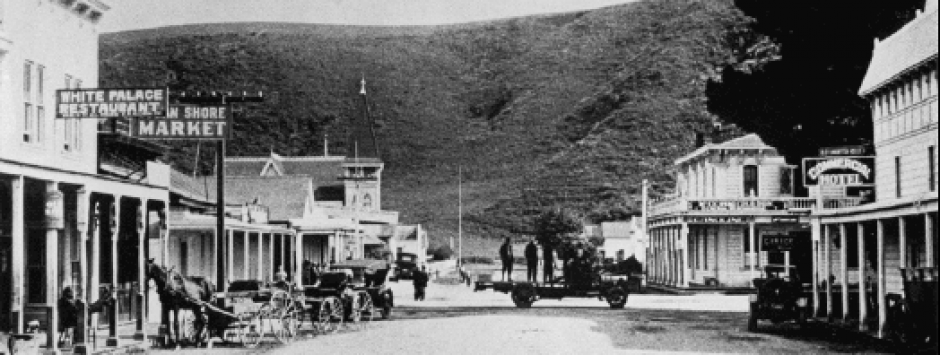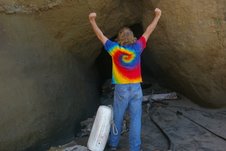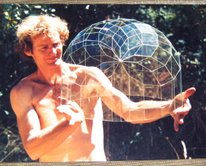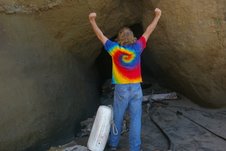Story by John Vonderin
Email John ([email protected])
Hi June,
Source: History of San Mateo County by Philip W. Alexander & Charles P. Hamm page 174-176. Press of Burlingame Publishing Co., Burlingame, CA. 1916.
Dr. Isaac R. Goodspeed FOR fifty-six years—more than half a century, Dr. Isaac R. Goodspeed has been one of the foremost citizens of San Mateo County; coming here when a young doctor with the ink on his diploma hardly dry, he remained in the county ever since. During this time he has been identified with many successful business enterprises and has faithfully filled the various offices he has held for both San Mateo City and County. Dr. Goodspeed was born in China, Maine, on May 30, 1831. In 1854 he graduated from Bowdoin Medical College, one of a class of nineteen. Today he is the only living member of that class. He began the practice of medicine at Milwaukee, and in 1854 he was married to Miss Elizabeth P. Woodcock at Gardiner, Maine.
A short time after his graduation he went west to Chicago, and in 1858 came to California. He tried mining in Nevada for a while, but with indifferent success; and soon came to San Francisco and opened an office on Kearny street, where he remained until 1860. In the Spring of this year he decided to try his luck down the peninsula. He liked the climate of Pescadero so well that he settled in this town and remained there for the next ten years. For two years he taught school and practiced medicine. Then he went into the merchandise business and later on tried ranching,—all the time keeping up the practice of medicine. His other activities while at Pescadero were, serving as Justice of the Peace, ex-officio Coroner, and Associate County Judge with one of the justices of the Santa Cruz Bar.
In those days Pescadero was in Santa Cruz County, and did not until 1868 become a part of San Mateo County. It was through Dr. Goodspeed’s ceasless activity, in conjunction with Judge Templeton’s legislative work, that this addition was made to San Mateo County, amounting to about 140 square miles of new territory. While at Pescadero, although there were many hard characters to deal with, Dr. Goodspeed was instrumental in keeping this place as peaceable as a New England town by driving out the unruly element. In 1870 he came to San Mateo and began to practice. His career at Pescadero had been most successful: everything that he touched seemed to turn to gold. The corner where the cigar store stands, opposite the S. P. Station was purchased by him when he came to San Mateo, and is still owned by him.
Dr. Goodspeed was soon elected Coroner. He served as postmaster from 1875-82. In 1882 he received the Republican nomination for the state senate but like all other candidates of that party, he suffered defeat, although he ran 5000 ahead of his ticket and received 400 majority in his own county. He was chairman of the Republican Central Committee for sixteen years. He held the position of Surgeon of the Sat Mateo County Hospital for thirty-five years, and was the Division Surgeon for the Southern Pacific Company from San Francisco to Monterey from 1895-97. In 1882 he was appointed Surgeon of the Steamship, City of Sidney; and on his return to San Mateo found that his property had been destroyed by fire, which wiped out a whole block, with a loss of $5,000 to him. Dr. Goodspeed has served several years as school trustee, and filled an appointment about fifteen years ago, from former Governor Pardee, as State Examiner for Insanity. In addition to his local activities,
Dr. Goodspeed has found time to make five trips to the east. January 23, 1916 was the sixtieth anniversary of Dr. Goodspeed’s marriage. Both Dr. and Mrs. Goodspeed are hale and hearty. There are a son and daughter: Edward Goodspeed, freight agent at San Mateo; and Mrs. R. J. Pye of Santa Rosa.




























